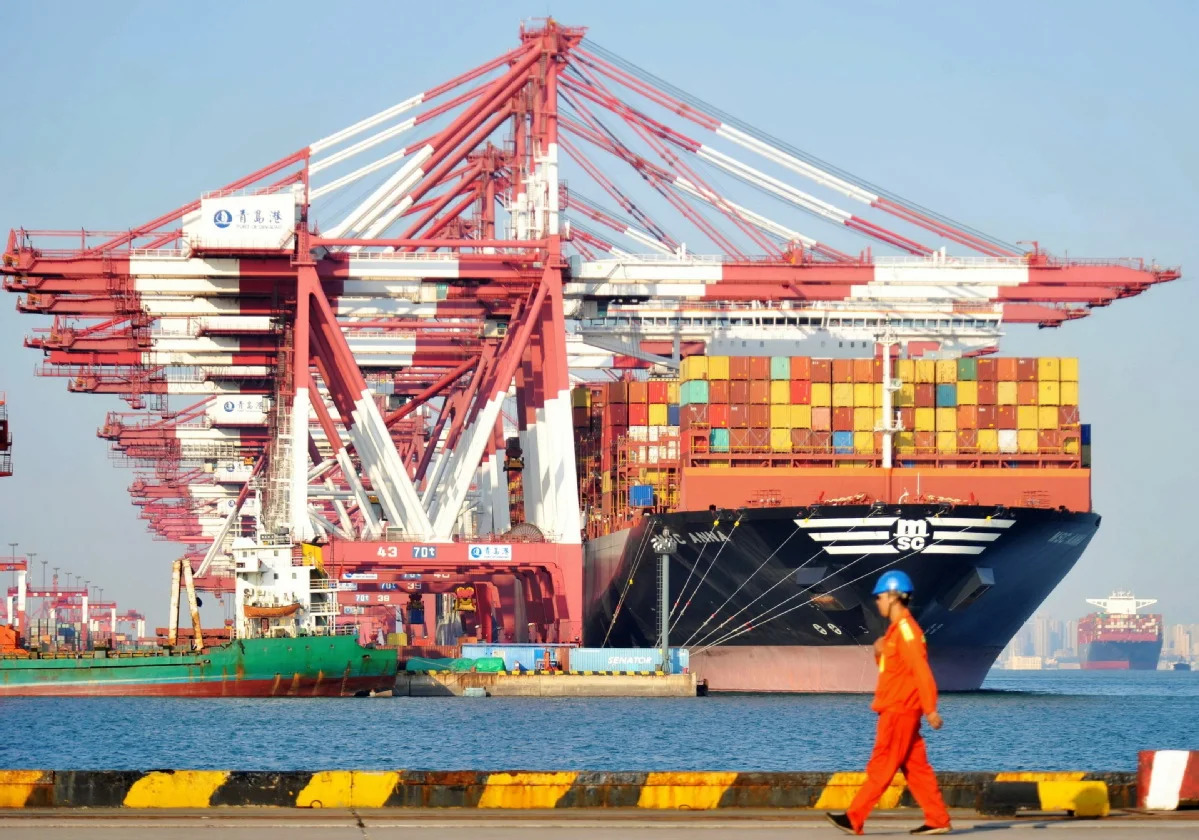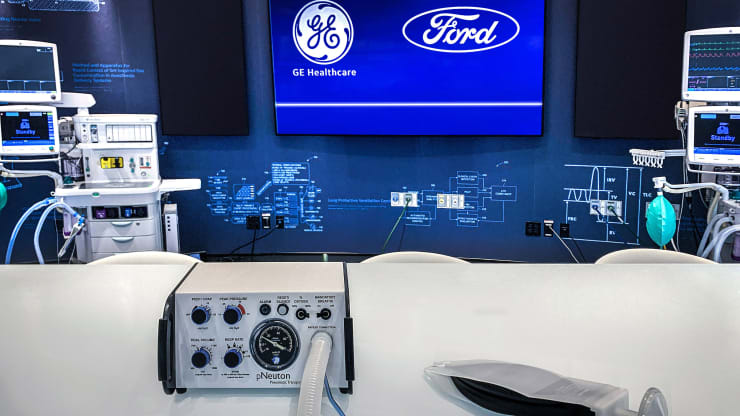Trade distortion and protectionism
China’s new COVID-19 export certificate will block trade
Published 30 June 2020 | 3 minute read
China is asking meat and soybean exporters to certify that their shipments to China have complied with safety standards to ensure they are free of COVID-19. The new measure is scientifically unjustifiable, highly trade restrictive, and deeply damaging to exporters. China’s trading partners should consider a forceful response.
No basis in science
All the credible research done to date indicates that COVID-19 is not a foodborne disease. It is transmitted human to human through aerosol particles. Major international health institutions, including the World Health Organization along with China’s own National Health Commission, have been clear that no linkage has been established between transmission of the virus and food. In simple terms, no one in China can get coronavirus by eating a steak from Texas. Sanitary and phyto-sanitary standards in trade must be based on science.
A trade barrier by another name
Lacking any legitimate public health justification, this unnecessary measure will be sufficiently onerous to function as an effective trade barrier for many companies and will damage the sustainability of trade. In order for trade to be sustainable, it requires not only balanced economic, social, and environmental outcomes, it must also be conducted on mutually acceptable terms. The unjustified imposition of this trade restriction presents China’s trade partners with terms that are anything but mutually acceptable and opens the door to a never-ending morass of suits, countersuits and potential discrimination.
Devastating for exporters
Exporters to China are now faced with a lose-lose choice: either decline to sign the certificate and forfeit critical export market share in China, or sign the certificate and potentially expose themselves to a veritable pandora’s box of legal liability. The ambiguity and lack of information surrounding the measure only serves to multiply the potential liability and risk that exporters would be taking on. For many shippers, the only prudent business decision will be to forego the lucrative China market and absorb the corresponding hit to the bottom line. Others, more able to tolerate the risk, will comply and attempt to curry favor.
What’s the actual motivation?
Since China’s move is so egregious, it begs the question: what was China really thinking? One can only speculate. Perhaps it’s part of a strategy to test limits and see how far boundaries can be pushed while countries are preoccupied with virus containment. Perhaps it’s designed for consumption by domestic constituencies to demonstrate the government’s resolve in fighting COVID-19 and to shift threat perceptions to foreign sources. Or perhaps it’s simply intended to create mischief, and keep the US off balance, especially during a presidential campaign that has been roiled by racial tensions and a failed pandemic response.
The most benign possible interpretation – given that China committed to dramatically increasing US agricultural purchases under the Phase One trade agreement – is that China was primarily seeking to allay domestic public health concerns and simply failed to fully comprehend the trade-crimping implications of the certificate. Irrespective of China’s motivation or intent however, the global trade community needs to firmly draw a line in the sand.
What next?
All of China’s trading partners who will be adversely impacted by this measure should consider reciprocal requirements that apply equivalent treatment to Chinese exporters. These measures should be maintained until China withdraws its policy.
The COVID-19 pandemic is inflicting severe personal and economic hardship around the world. Allowing the virus to be used as a pretext to unnecessarily restrict trade will only compound the damage.
© The Hinrich Foundation. See our website Terms and conditions for our copyright and reprint policy. All statements of fact and the views, conclusions and recommendations expressed in this publication are the sole responsibility of the author(s).





